Accurate measurements are the foundation of successful surveying projects. From land development to road construction and infrastructure planning, the right surveying equipment helps professionals collect reliable data and maintain project accuracy.
Total stations are popular surveying tools. They combine distance measurement, angle calculation, and data recording in one system.
These stations can simplify complex tasks, make collecting and recording accurate data easy, and help finish projects on time.
When investing in a total station, one key decision is choosing between manual and robotic total stations. Both options provide high precision. However, their operation, efficiency, and cost differences make them better for different projects.
Manual total stations require people to operate them, making them a good choice for small jobs or teams with basic equipment skills. Robotic total stations use advanced automation and remote control, speeding up results and reducing labor needs on complex projects.
Selecting the right total station for surveying requires careful evaluation of project needs, budget, and workforce expertise. This guide breaks down the features, differences, and considerations to help surveyors choose the best equipment for their projects.
What is a Manual Total Station?
A Manual Total Station is high-precision surveying equipment used extensively in surveying projects. By integrating traditional theodolite principles with electronic distance measurement (EDM) technology, these instruments allow surveyors to measure angles, distances, and elevations with exceptional accuracy.
Manual total stations require a person to operate them. The surveyor aligns the telescope and records measurements by hand, ensuring that each reading shows the surveyor’s skill and carefulness.
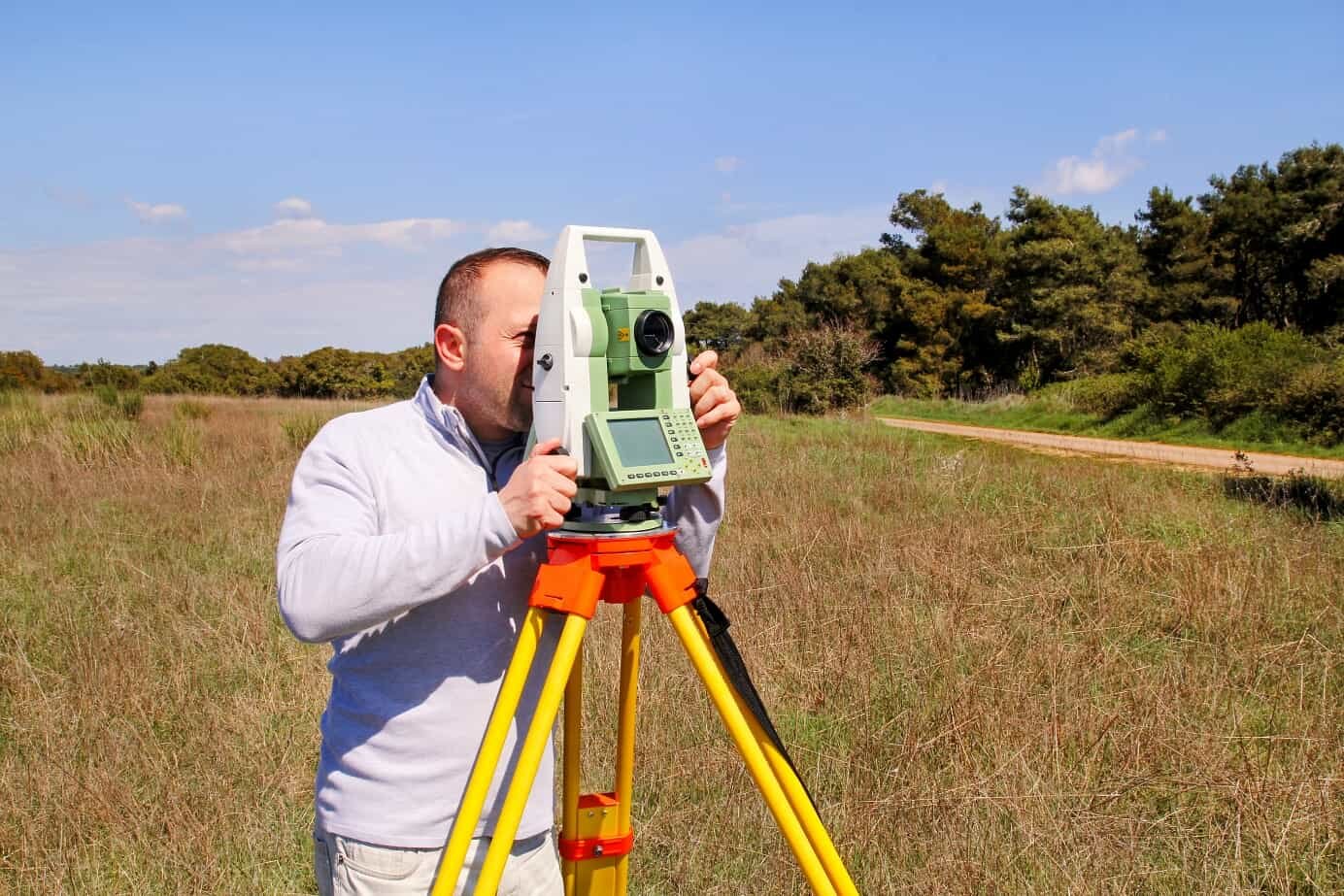
Key Features and Components
Manual Total Stations are built around several key components designed for accuracy and durability. At their heart lies a high-quality optical telescope that enables precise targeting of survey points. The electronic control unit processes both angle and distance data, which is stored in onboard memory for later analysis.
Many units also feature communication ports to transfer data to other surveying instruments. Standard ergonomic design and rugged construction ensure that these devices perform reliably in harsh field conditions. The Leica FlexLine TS03 R500 Manual Total Station has precise optics and strong data processing, making it a reliable tool for basic surveying tasks.
Typical Applications
Manual total stations are great for smaller surveying projects. They are useful when you do not need the speed of automated tools. Surveyors commonly use them for boundary surveys, construction layouts, and land surveys.
Manual total stations are easy to use and cost-effective, making them great for small teams or projects with simple surveying needs. They are precise, but robotic models are not needed for these tasks.
Pros and Cons of Manual Total Stations
Before investing, it is important to understand the advantages and limitations of manual total stations.
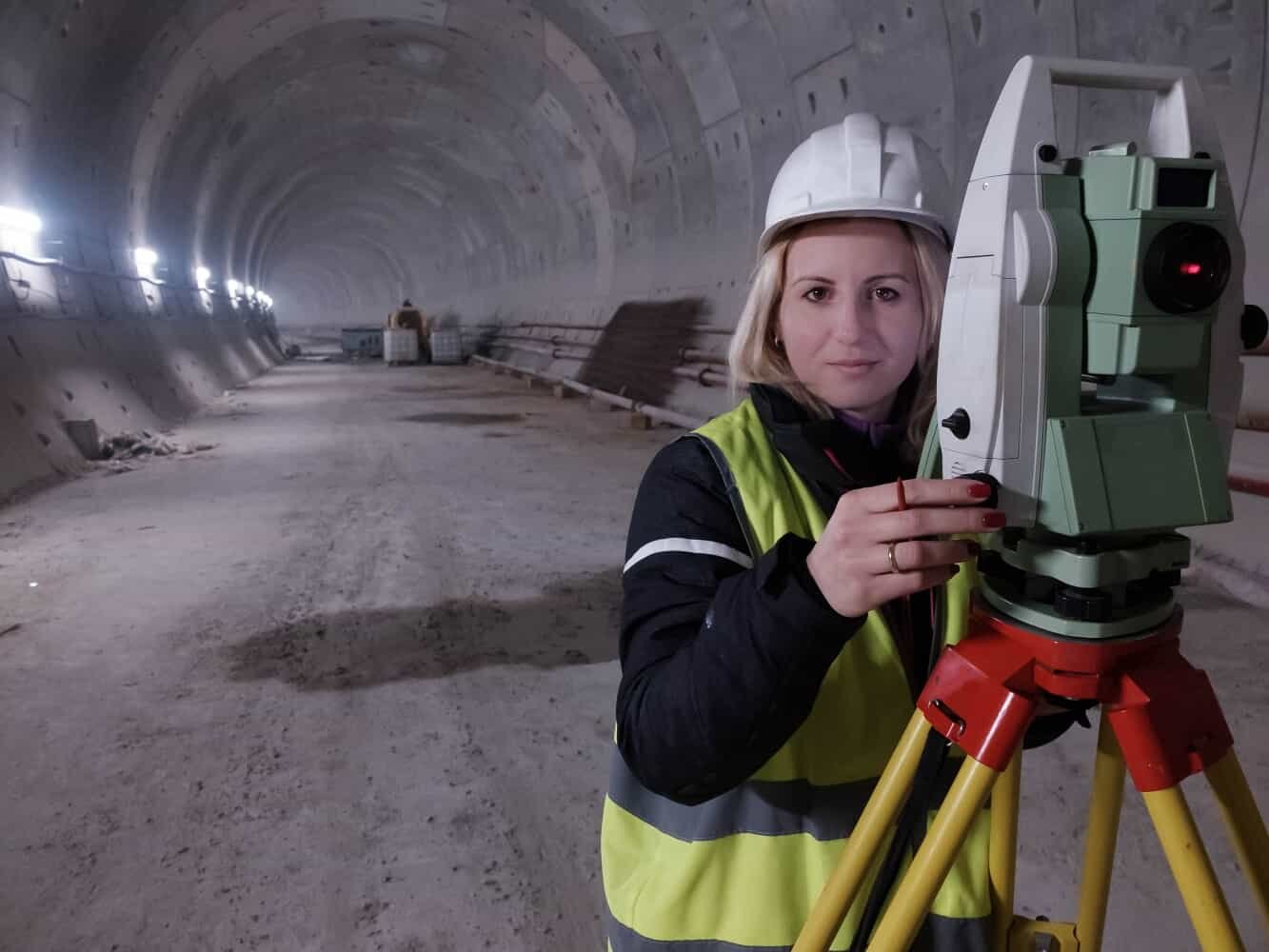
Pros
- Affordability: These tools usually cost less than automated ones, making them easier to use for projects with smaller budgets.
- Simplicity: Their easy-to-use design reduces the need for long training, helping less experienced teams get accurate results.
- Reliability: With fewer electronic complexities, manual total stations offer robust performance and are easier to maintain under challenging conditions.
- Precision: They provide high accuracy in controlled settings. This is great for projects where the surveyor’s direct involvement improves measurement quality.
Cons
- Labor Intensive: Continuous manual operation can slow down data collection on larger projects.
- Risk of Human Error: Dependence on manual adjustments increases the possibility of inaccuracies if not handled carefully.
- Limited Automation: They do not have advanced features like remote control. This can reduce efficiency on projects that need quick data collection.
What is a Robotic Total Station?
A robotic total station is an advanced surveying equipment tool that automates many tasks traditionally performed manually. By integrating electronic distance measurement (EDM) with a high-precision theodolite, these devices automate angle and distance measurements, data recording, and target tracking.
Robotic total stations are different from traditional systems. They let surveyors operate the device from a distance.
This reduces the need for constant human input and makes work easier and more efficient. Automation is especially valuable in projects where speed, accuracy, and safety are paramount.

Key Features and Components
Modern robotic total stations are designed with several sophisticated features that set them apart from their manual counterparts. One main feature is the remote control.
It lets the surveyor use the instrument from far away. This capability minimizes the need for multiple personnel on-site, reducing human error and increasing safety. In addition, advanced tracking systems automatically follow a moving prism, ensuring continuous data capture without interruption.
Other key components include:
- Automated data collection: Integrated software streamlines the capture and storage of measurement data, enabling real-time data transfer to connected devices.
- High-speed measurement helps surveyors gather data faster. This lets them survey large areas quickly while still being precise.
- Strong connectivity: With built-in Bluetooth, Wi-Fi, and sometimes 4G, data is sent easily, improving project coordination and management.
A great example of these features is the FOCUS 50 Robotic Total Station. It shows the high precision and efficiency we expect from advanced robotic total stations.
Common Applications
Robotic Total Stations are particularly well-suited for large-scale surveys and high-precision jobs. They are commonly used in:
- Construction projects: For tasks that require exact layout and as-built verification, such as building complex infrastructures.
- Topographic surveys: Where rapid data acquisition over large areas is critical.
- Civil engineering projects: Where high accuracy and automated tracking can significantly reduce project timelines.
- Remote or hazardous environments: Allowing surveyors to operate the equipment safely from a distance.
These applications show the benefits of using Manual and Robotic Total Stations in the field. They highlight how advanced surveying tools can improve productivity and accuracy.
Pros and Cons of Robotic Total Stations
While robotic total stations have significant advantages, they also have some trade-offs to consider. Here, we list the main pros and cons. This will help you decide if this advanced surveying equipment suits your project.

Pros
- Enhanced Efficiency: Automation and remote control streamline data collection, making it easier to cover large areas quickly.
- Improved Safety: Remote operation minimizes the need for surveyors to be in hazardous environments.
- High Precision: Advanced tracking and data processing capabilities ensure superior accuracy, which is critical for complex projects.
Cons
- Higher Cost: The advanced features and automation result in a higher initial investment than manual total stations.
- Complex Operation: Requires training and familiarity with sophisticated software and hardware interfaces.
- Maintenance Requirements: Increased electronic complexity may lead to higher maintenance demands.
Knowing the differences between manual and robotic total stations is important. This helps you choose the right total station for your surveying projects. You can find the best total station for your project by looking at these pros and cons. This will help you get the best performance on-site.
Key Differences Between Manual and Robotic Total Stations
When choosing the right total station for your surveying project, it’s crucial to understand the fundamental differences between manual and robotic total stations. Both offer high precision but vary significantly in speed, labor requirements, and cost. These differences can affect the success of your project, so it is important to evaluate your needs before deciding.
Accuracy and Precision
Both manual and robotic total stations give high-precision measurements. However, robotic models offer even greater accuracy.
Manual total stations usually require a person to read and record measurements, which can lead to errors, especially in extensive or intricate surveys. The operator’s skill and the environment they use the instrument often determine precision.
In contrast, robotic total stations use advanced tracking systems that automatically follow a prism, ensuring continuous measurement without interruption. This feature significantly reduces the potential for human error and increases overall precision. Robotic systems keep measurements accurate for substantial jobs like construction staking or boundary mapping, and this accuracy lasts over long distances and long periods.
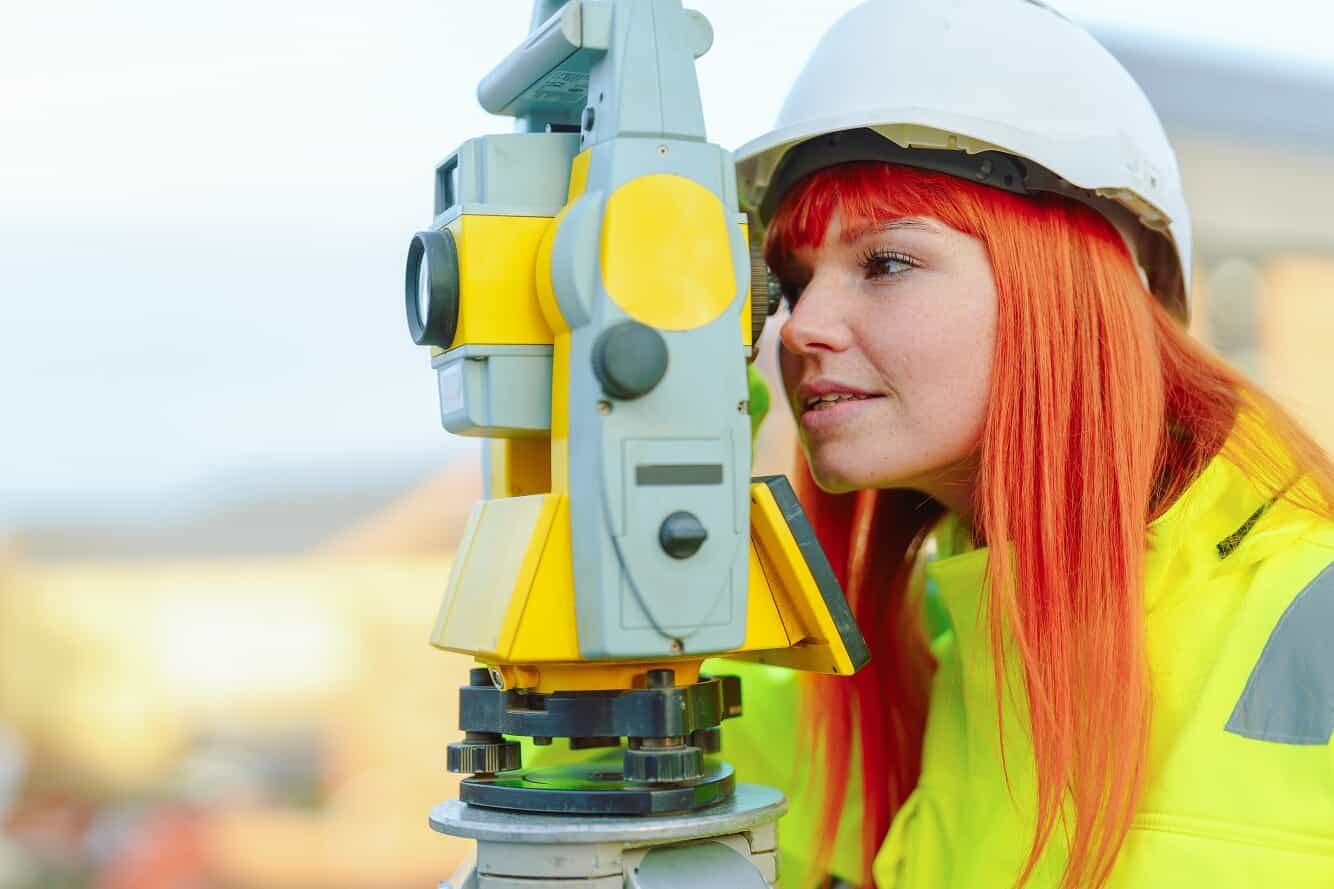
Speed and Efficiency
Robotic models excel when comparing the speed and efficiency of manual and robotic total stations. Robotic total stations have automation and remote control features, which help surveyors take measurements much faster than with manual total stations.
Surveyors can control the device from far away, eliminating the need to walk between the instrument and the survey area. This capability speeds up the process, especially on large projects requiring surveyors to cover significant areas quickly.
Manual total stations require more surveyor involvement, which can slow down the process, especially on large-scale websites or in challenging conditions. Robotic total stations are usually the best choice for projects that need quick results. They can take measurements more efficiently.
Labor Requirements
One key advantage of robotic total stations is their ability to reduce labor requirements. With robotic models, one surveyor can control the instrument from a distance, so the team needs fewer on-site people. This approach can significantly reduce costs, especially for large or complex projects requiring multiple operators.
Manual total stations usually need at least two operators. One person holds the instrument, while another reads and records the measurements. This increases the need for personnel, resulting in higher labor costs and potentially more logistical challenges on-site.
Technological Advancements
The development of surveying technology has been important in creating the differences between manual and robotic total stations. Manual total stations have been used for many years and are still reliable tools for many surveys, especially smaller projects.
However, as technology advances, robotic total stations have incorporated more sophisticated features like automatic tracking, remote control, and integrated data transfer capabilities. These features improve efficiency and accuracy and make it easier to connect robotic systems with other technologies, like drones and GPS.
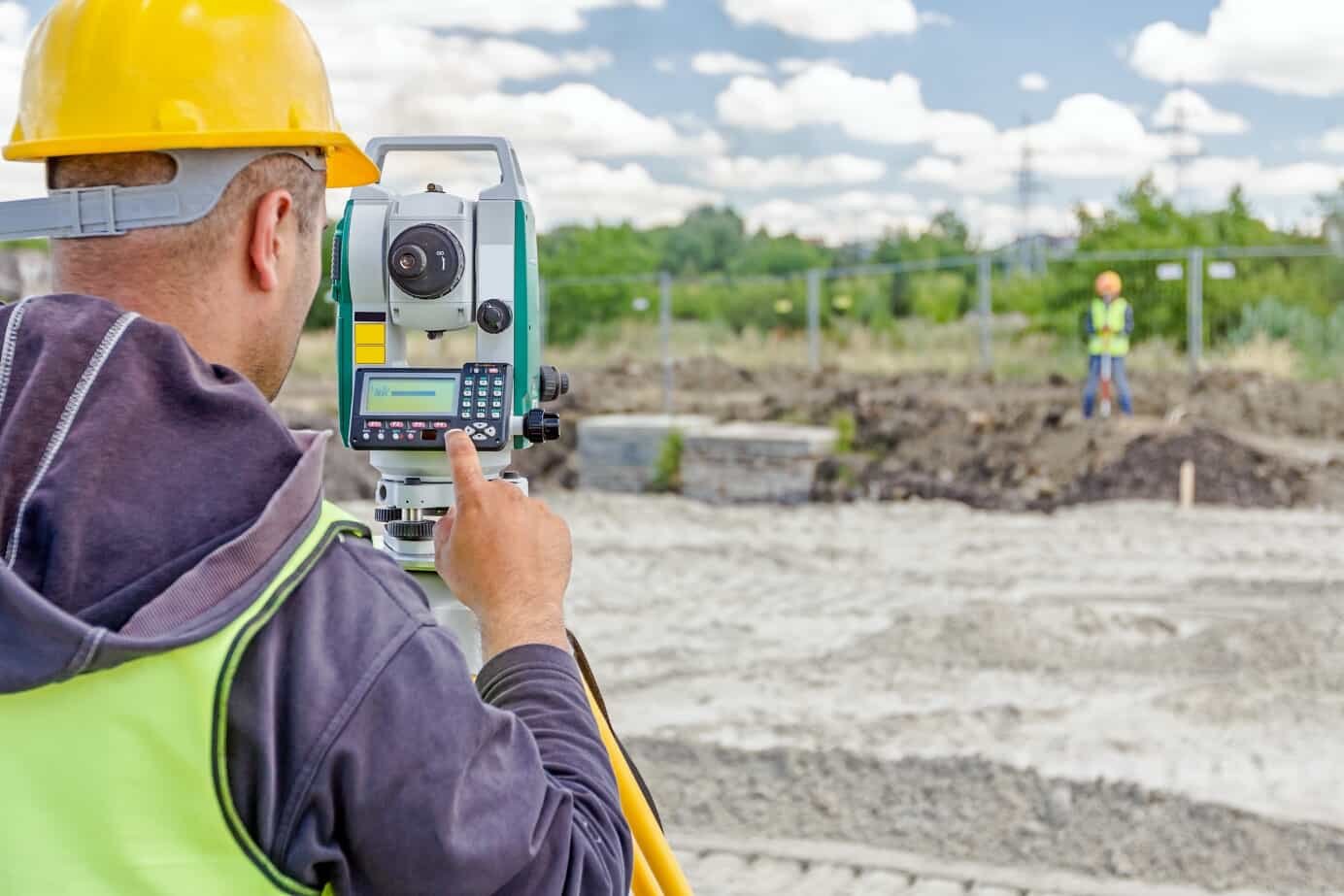
Factors to Consider When Choosing the Right Total Station
Choosing the best total station for surveying needs careful consideration of different factors that match the project’s needs. The decision between manual and robotic total stations goes beyond cost alone—it involves assessing technical specifications, workforce capabilities, and future project demands. Below are the key factors to consider when making this decision.
Project Size and Complexity
The size and complexity of the project are important. They help decide which type of total station is best. Manual total stations offer a cost-effective solution for smaller projects, such as boundary surveys or topographic mapping, without compromising measurement accuracy. These instruments are well-suited for straightforward tasks where speed and automation are not critical.
In contrast, larger projects involving construction layouts, infrastructure development, or large-scale site mapping benefit from robotic total stations. Their automated tracking and remote control features allow a single operator to complete complex surveys quickly, improving overall efficiency. When precision and speed are vital across expansive sites, the advanced capabilities of robotic total stations offer significant advantages.

Workforce Skill Level
The skill level of the survey team can significantly impact which surveying equipment is the better fit. Manual total stations are often easier for surveyors with basic skills, making them a good choice for smaller teams or less experienced users. Training requirements are minimal, and most manual systems come with straightforward interfaces.
On the other hand, robotic total stations require more advanced technical knowledge. Operators must be familiar with remote control functions, automated tracking systems, and data integration processes. Investing in robotic systems may also require additional training, which can add to initial project costs. However, once mastered, robotic systems improve productivity and reduce labor demands.
Accuracy Requirements
Precision is one of the defining characteristics of surveying instruments, and different projects require varying levels of accuracy. Manual total stations provide reliable measurements for simple site layouts or boundary mapping. Depending on the model, they usually offer angular accuracy between 2 and 5 arcseconds.
Robotic total stations offer superior accuracy for high-precision applications like construction staking, deformation monitoring, or infrastructure projects. With automatic target tracking and prism lock technology, robotic models consistently maintain precision even over long distances. Surveyors on projects that need centimeter-level accuracy will benefit from the improved performance of robotic total stations.
Environmental Conditions
Surveying often occurs in tough environments. Consider a few things when deciding between manual and robotic total stations.
First, consider the weather. Next, look at the terrain. Finally, check for any obstacles in the line of sight.
Both types of stations are made to handle tough environments. However, robotic total stations work better in changing conditions.
With automatic prism tracking and remote operation, robotic total stations can maintain measurements without direct line-of-sight supervision. This is particularly beneficial in areas with uneven terrain, dense vegetation, or extreme weather. Meanwhile, manual total stations require consistent operator control, which can slow down workflows in difficult environments.
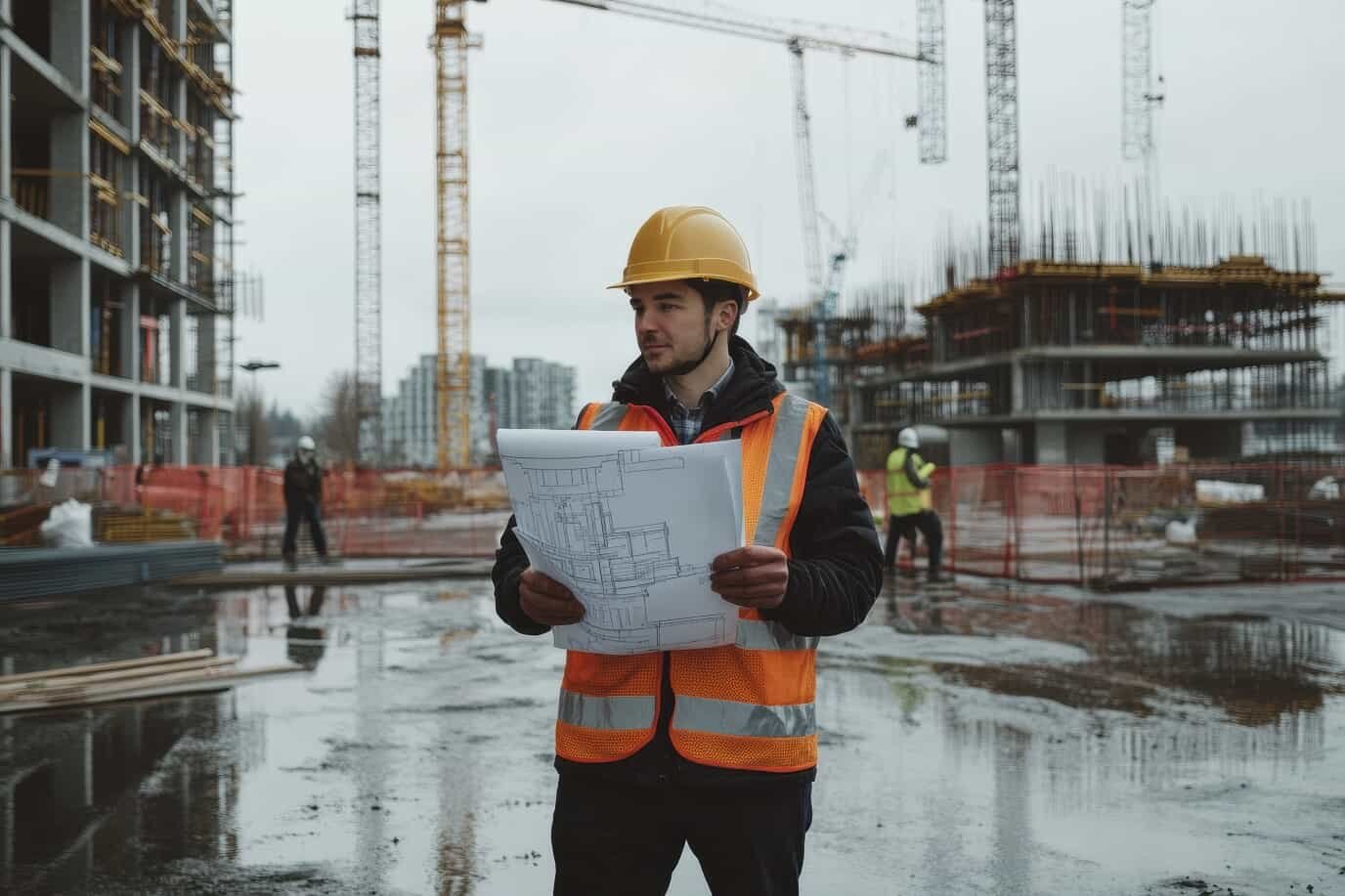
Future Scalability
Investing in surveying technology should account for future business growth and project demands. Manual total stations meet current needs but may not work well for businesses that grow into complex or high-volume projects.
Robotic total stations offer greater flexibility for future scalability, with features like wireless data transfer, integration with GNSS systems, and automated workflows. These technologies allow surveyors to streamline data collection and improve collaboration between field teams and office software. Companies planning to adopt more advanced digital workflows will benefit from the future-proof capabilities of robotic total stations.
Conclusion
Choosing the right total station for surveying is critical in achieving accurate measurements and efficient project execution. Manual total stations are a cost-effective choice for small projects with simple tasks. In contrast, robotic total stations provide advanced automation for larger projects requiring more precision.
Carefully considering factors like project complexity, accuracy requirements, and workforce expertise can help surveyors select the most suitable surveying equipment. Investing in quality equipment improves efficiency, enhances data reliability, and supports long-term project success.
Ready to find the best total manual and robotic stations for your next project? Explore Harper Surveying for expert-backed solutions designed to meet your surveying demands.